Manufacturing, Technology, Machining, and Fabrication
Many, if not most companies in the Manufacturing, Technology, Machining, or Fabrication industries qualify for the R&D Tax Credit. Sadly, most of those companies qualifying are unaware that the activities they engage in daily could be generating additional tax savings for them. Let’s dig into the kinds of activities that qualify for the credit, and how we analyze the activities of companies in these industries to help steer our calculations.
Four-Part Test
In determining whether an activity qualifies as Research and Development for tax credit purposes, the IRS has put together a list of criteria that must be met, which is commonly referred to as the “four-part test.” The four-part test is as follows:
Permitted Purpose – the activity is intended to result in a new or improved product or process (must be improving the functionality, performance, reliability, or quality)
Technological in Nature – the activity must rely on the principles of physical or biological science, engineering, or computer science
Technical Uncertainty – at the beginning of the activity, the taxpayer must be uncertain as to capability, method, or design
Process of Experimentation – the taxpayer must evaluate one or more alternatives to eliminate technical uncertainty (e.g., modeling, simulation, or systematic trial and error)
Anyone who is actively doing, supervising, or supporting an activity that meets all four parts will have qualifying R&D time that goes into calculating the R&D tax credit.
Qualifying Activities
Many different activities qualify as Research and Development for tax credit purposes in Manufacturing, Technology, Machining, and Fabrication businesses. Companies that develop new or improved products, designs, and processes through modeling, simulation, or systematic trial and error qualify for the R&D Tax Credit. Anytime your company develops and applies CAD, CAM, or CNC tools, programming, modeling, or simulation in the creation of new or improved designs, including fixtures, prototypes, and manufacturing systems, R&D is occurring. Experimenting with new specifications for materials, new-to-the-business raw materials to be used in products or processes, or supplementing manufacturing efforts through the adoption of outsourced processes supports the R&D process. Your company can be either the original equipment manufacturer or a contract manufacturer developing designs or process improvements. More qualifying activities include (but are not limited to):
Designing and creating code and programming as it applies to machinery communication
Designing new methodologies for tight tolerances
Designing robotics or other types of automated technologies
Experimenting with methods to eliminate or reduce warpage during welding and fabrication
Developing methods to maximize machining speeds and feeds while maintaining existing quality
Developing new or enhanced safety measures within processes
Improving existing machining processes while maintaining a predetermined level of quality
Developing measurable operational efficiencies within welding processes
Designing, developing, and testing new or improved prototypes
Adams Consulting works with your company to identify the qualifying activities of your business and document these efforts through an R&D Tax Credit Study.
Qualifying Titles
While job titles are not necessarily indicative of an employee’s job duties, the IRS does apply weight to those titles in relation to qualifying activities. In that sense, some examples of manufacturing titles associated with R&D activities include (but are not limited to):
CAD Drafters/Technicians
CNC Operators/Programmers
Engineers (Design, Manager/Supervisor, Manufacturing, Mechanical, Packaging, Process, etc.)
Machinists
Welders
Operators
Production Managers
Director of Operations
QA Technicians/Managers
Non-qualifying Activities and Titles
Some activities and titles do not typically qualify for the R&D tax credit. Examples of non-qualifying activities are:
Research related to style, taste, cosmetic, or seasonal design factors
Research in the social sciences, art, or humanities
Research conducted outside the United States
Research that is wholly funded by grant or contract
Adaptation or duplication of existing business components to meet a particular customer’s requirements
Surveys (e.g., efficiency surveys, management surveys, market research, routine data collection, and routine quality control)
Examples of titles not usually associated with R&D qualifying activities would be:
HR
Purchasing
Marketing
Other soft-science related areas
Adams Consulting works with your company to identify which employees and activities are qualifying for the R&D Credit. We then thoroughly document those activities and the functions of those individuals involved as part of the R&D study.

